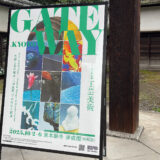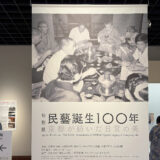In Japanese culture, beauty is not separate from everyday life—it’s embedded within it.
The world of Japanese applied fine arts is shaped by two central concepts: Yoh (用) and Bi (美). These ideas form the philosophical foundation of functional objects and high-end artistic creations, from daily tools to museum-worthy works.
This article introduces these concepts and explains how our site’s unique Kogei art pieces embody Japan’s refined aesthetics and deep traditions.
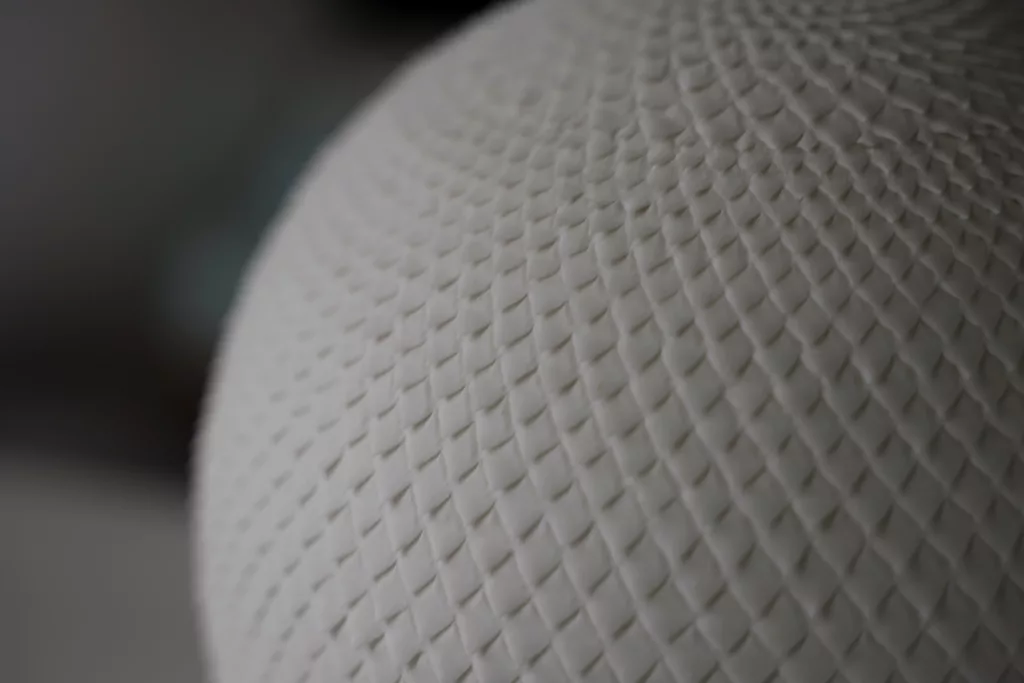
1. Yoh (用 / Practicality): Functional Beauty in Everyday Life
Yoh refers to utility, practicality, and how an object functions daily. In traditional Japanese aesthetics, an item’s usefulness is not separate from its beauty—it contributes to it. This idea is often reflected in everyday items such as bowls, textiles, and utensils, which are simple yet elegantly designed.
This perspective is rooted in the Mingei 1(民藝) movement, which was founded in the early 20th century by philosopher and critic Yanagi Sōetsu2. Yanagi believed that handmade objects created for everyday use could be as beautiful and meaningful as fine art.
“The beauty of everyday objects lies in their honest use.”
— Yanagi Sōetsu, The Unknown Craftsman (1972)
In this context, Yoh represents the “down-to-earth” aspect of Japanese craftsmanship—what’s often referred to as “getemono” (下手物), or utilitarian wares.
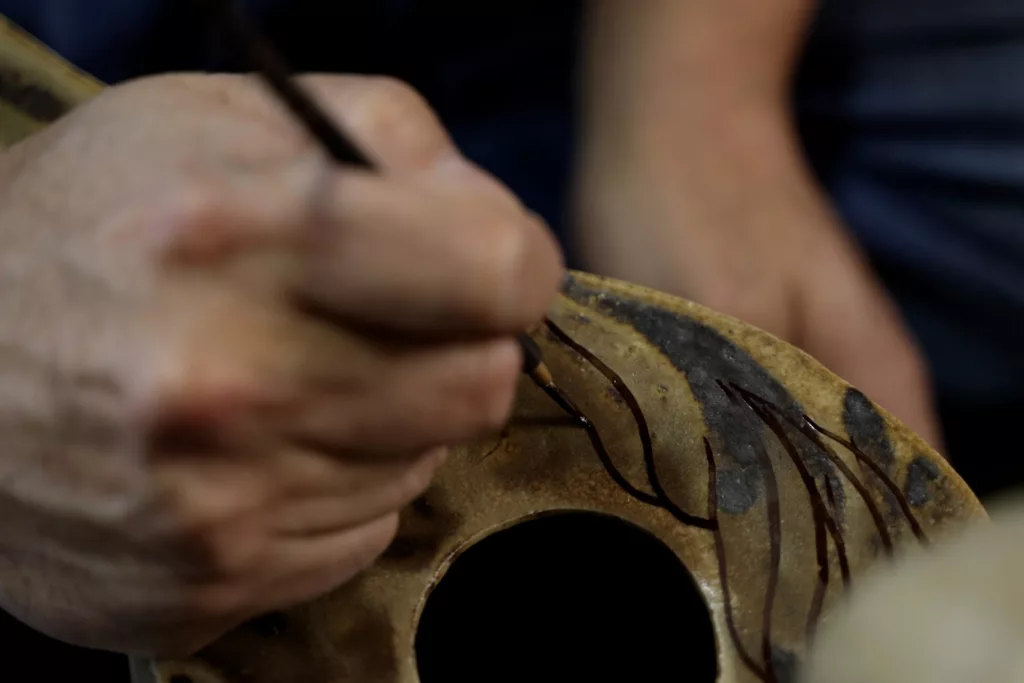
2. Bi (美 / Aesthetics): Elegance, Refinement, and Artistry in Unique Pieces
Bi, on the other end of the spectrum, signifies aesthetic refinement and artistic value. These are works created for use and appreciation—to be admired, preserved, and passed down through generations. In Japanese terminology, these would be considered “jyotemono” (上手物), or high-end, often one-of-a-kind works.
The concept of Bi encompasses more than visual beauty. It includes the story behind the piece, the spirit and mastery of the artisan, and the cultural context in which it was created. The form, texture, and even negative space (ma) are thoughtfully composed.
The works offered on our platform are curated based on this Bi-centered philosophy. Each is a one-of-a-kind creation, imbued with the artisan’s deep knowledge, passion, and precision—transcending practicality and becoming art.
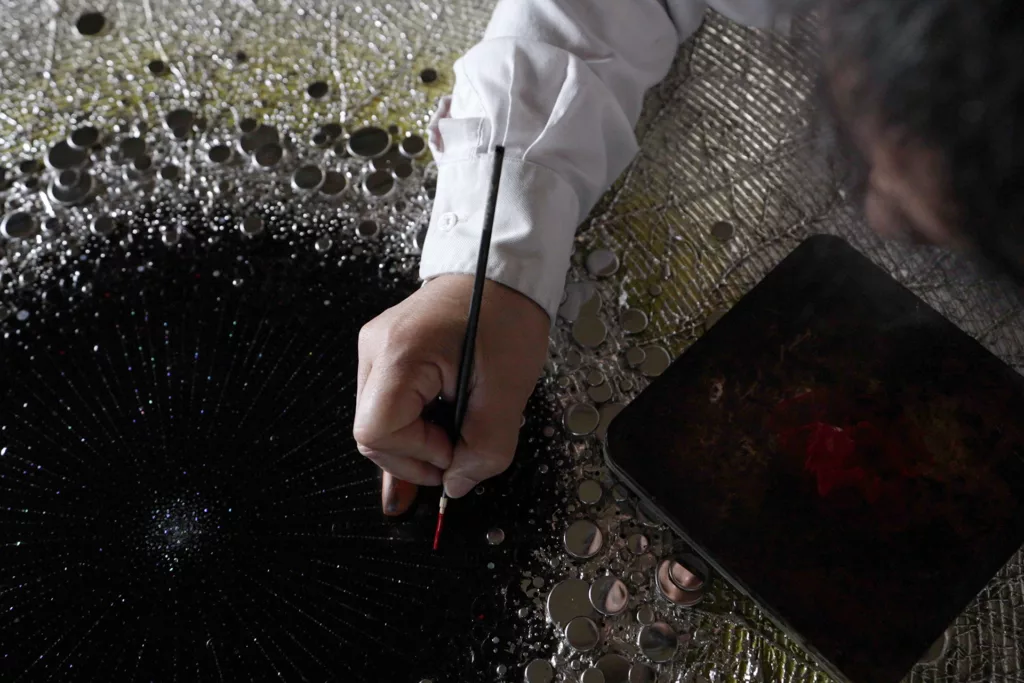
From Yoh to Bi: A Journey of Elevation
Yoh and Bi are not opposites in Japanese applied fine arts—they are part of a continuous spectrum. Many works begin with a practical purpose (Yoh) but, through exceptional craftsmanship, rise into the realm of the artistic (Bi). This philosophical harmony makes Japanese fine art objects compelling to collectors and aesthetes worldwide.
The unique applied fine art pieces we offer transcend from ‘Yoh’ (practicality) to ‘Bi’ (aesthetics), possessing a distinct charm and artistry that goes beyond utilitarian goods. This relentless pursuit of ‘Bi’ augments the value of Japanese kogei arts, making them loved and appreciated by people worldwide.
Discover the Art of Living with Beauty
Our collection of one-of-a-kind applied fine art pieces embodies this journey from use to beauty. Whether you’re seeking a refined piece for display or a meaningful object for daily life, our curated selection brings you closer to the quiet elegance of Japanese culture.
Explore the philosophy of Yoh and Bi through our collection—
where tradition meets contemporary beauty.
References & Further Reading
- Yanagi Sōetsu, The Unknown Craftsman: A Japanese Insight into Beauty, Kodansha International, 1972.
- Nancy G. Hume (ed.), Japanese Aesthetics and Culture: A Reader, State University of New York Press, 1995.
- 日本民藝館公式サイト: https://www.mingeikan.or.jp
- The National Museum of Modern Art, Kyoto (MOMAK): https://www.momak.go.jp
- Pen Magazine International, The Beauty of Japanese Craftsmanship, Special Issue, 2022.
Revised on April 15, 2025



